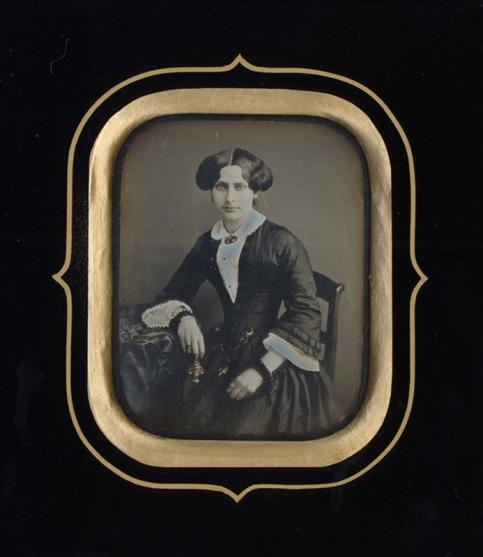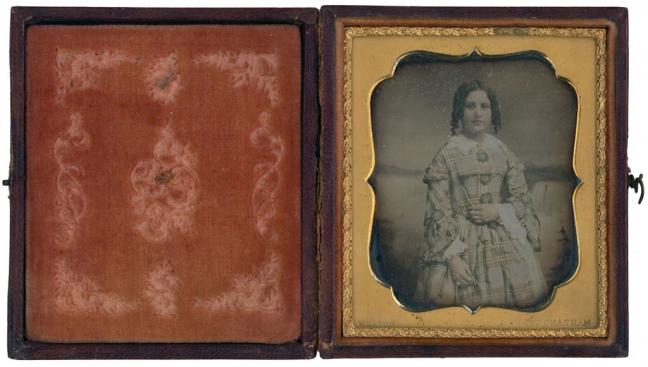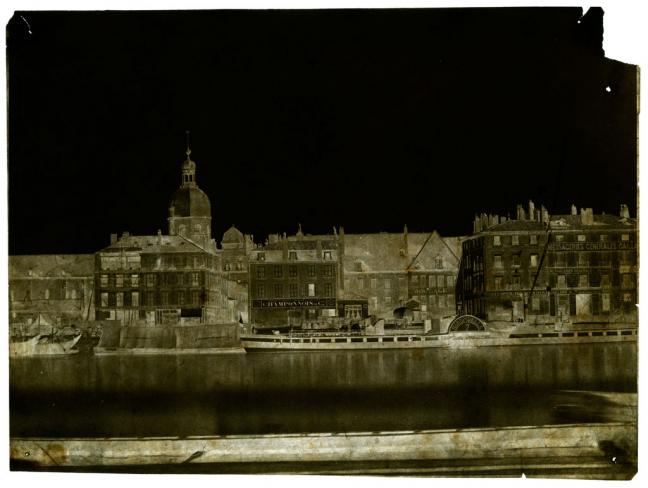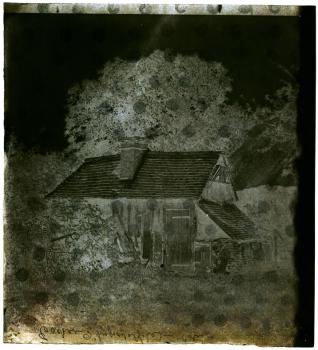The museum gives over a room to Niépce’s famous contemporary who was also his partner, Louis Jacques Mandé Daguerre (1787-1851). The procedure developed by the latter, the daguerreotype (1839), was a great commercial success up until the 1860s. It used a brass plate covered with a layer of silver on which the image was fixed. It was most often used for portraits or architecture photographs as the daguerreotype produced an image of great precision. It has often been criticised for its coldness, sometimes compensated for with colour retouching. The images were unique, could not be copied and incredibly fragile, so most often protected in special cases.
Research at the beginning of the 19th century to fix and reproduce mechanical images was obviously not confined to France. In 1835, the Englishman William Henry Fox Talbot (1800-1877) invented the first ever negative on paper (calotype) which permitted the endless reproduction of a positive image. The museum possesses one of the rare examples of Talbot’s work, The Pencil of Nature (1844) where the writer explains the advantages of his procedure in photographing landscapes and still life (the exposure time needed was quite long at the time). The collections also contain hundreds of calotypes that are exhibited intermittently due to their fragile nature.
The calotype gave us the negative-positive duo that would characterise photography up until the digital era.






